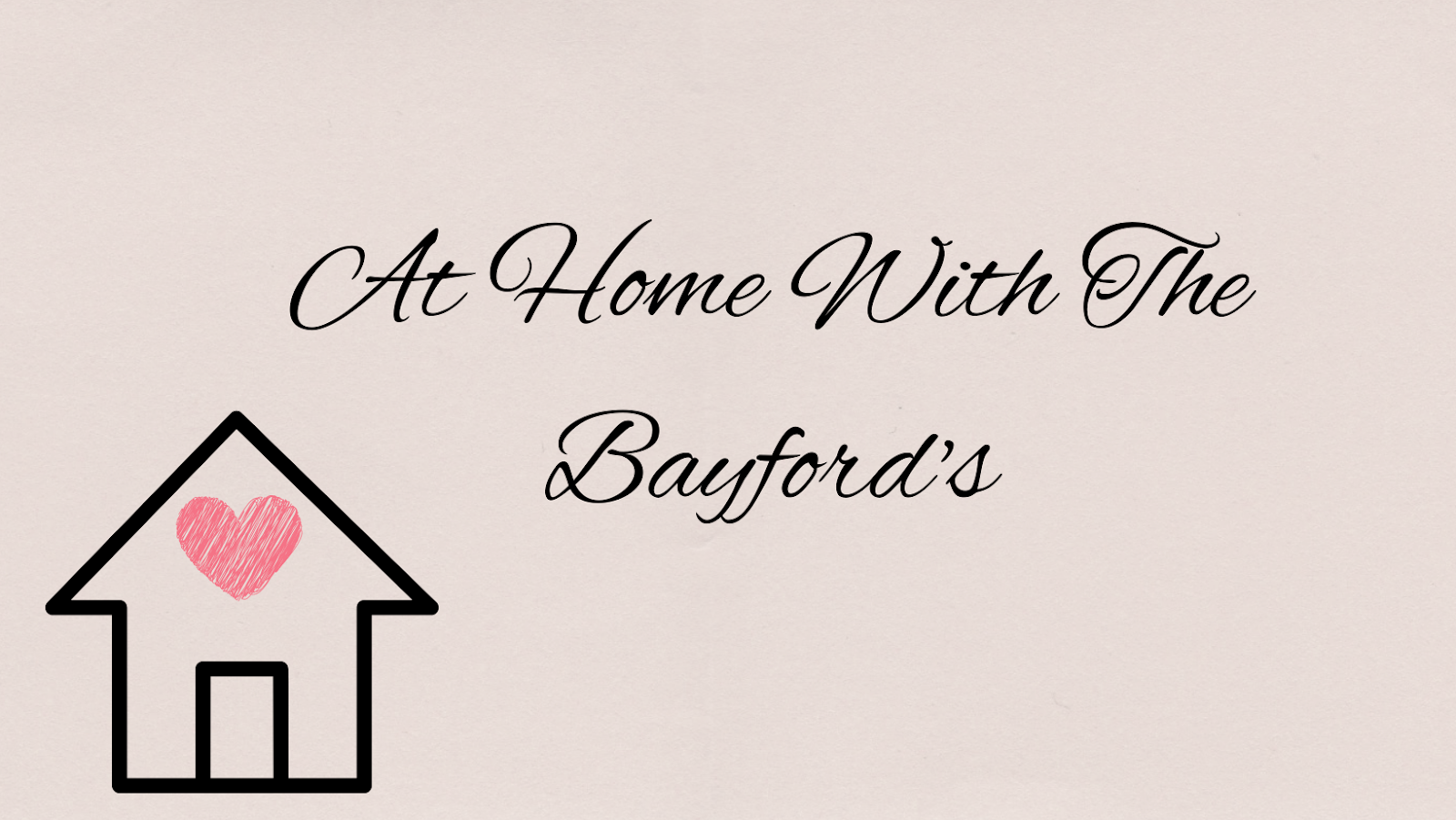Spring is here and it's the ideal time to get your boiler serviced. While most people tend to think about their heating system in the colder months, scheduling a boiler service as the weather warms up can provide great benefits and ensure the efficiency of your heating system. Here’s why spring is the best time for a boiler service.
1. Reduced Demand on Your Boiler
During the winter, your boiler works tirelessly to keep your home warm. After months of continuous use, it’s natural for components to experience wear and tear. Servicing your boiler in the spring, after the cold season has ended, gives your system the attention it needs without the pressure of daily heating demands. This allows a technician to thoroughly inspect, clean, and identify any minor issues before they turn into major problems next winter.
2. Avoiding Peak Season Costs
Winter is often the busiest time for heating engineers, which means boiler servicing can be more expensive and harder to schedule. By choosing spring, you’ll find more availability and potentially lower rates as the demand decreases. You’ll also avoid the stress of trying to secure an appointment during the colder months, and most importantly, you can get your boiler in tip-top shape before you really need it again.
3. Preventing Breakdowns During Next Winter
Having your boiler serviced in spring gives you the luxury of time to address any potential issues. A technician can spot small malfunctions that could turn into major problems in the autumn or winter, when you need your boiler the most. Early detection and repair will save you from unexpected breakdowns in the middle of winter when emergency appointments can be difficult to secure.
4. Increased Energy Efficiency
As the heating season winds down, your boiler might have accumulated dirt, dust, or debris that could reduce its efficiency. A thorough service ensures that your system operates at peak efficiency, helping you save on your energy bills when you start using it again next year. An efficient boiler consumes less fuel, which is not only good for your purse but also for the environment.
5. Peace of Mind
Finally, getting your boiler serviced in spring gives you peace of mind knowing that it’s ready for the following winter. With regular maintenance, your system will be more reliable, and you won’t have to worry about waking up to a cold house on the first frosty morning of the year.








